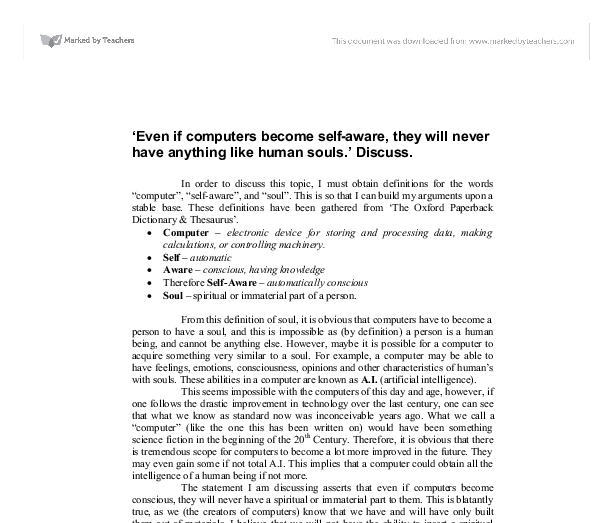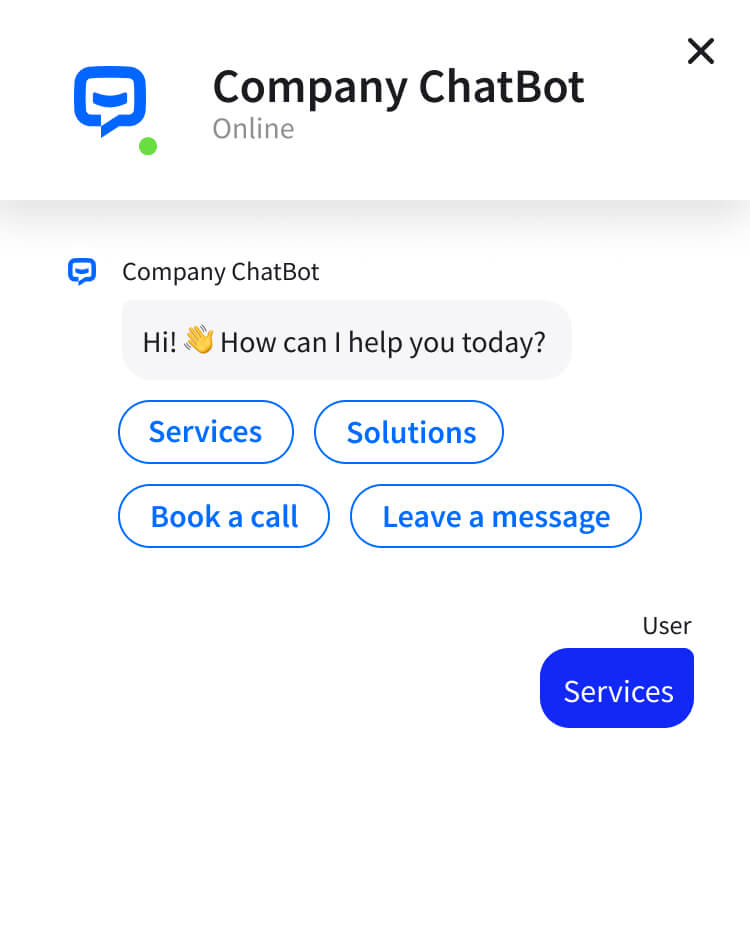
You can use Amazon Sagemaker for your business needs. Sagemaker Autopilot, Sagemaker Notebooks or the Amazon Simple Storage (S3) can all be used. This article will explain the various features offered by Sagemaker, as well as how to make them work for you. In addition, you will learn how to use the Sagemaker Autopilot to schedule tasks and manage your data. Sagemaker can be used to build customized software applications for your business.
Amazon SageMaker
Amazon SageMaker is a cloud machine-learning platform. It was released in November 2017. The service helps developers create and train ML models, and then deploy them on edge devices and embedded systems. The platform is intended to take machine learning to the next stage and provide developers with a central tool for creating and training ML models. SageMaker has a number of features that make machine learning development easier and more flexible for developers.
SageMaker is able to create a notebook instance. It's a managed EC2 instances that runs Jupyter. A notebook instance can then connected to any AWS resource. Users have the ability to change the ExecutionRole of the notebook instance. SageMaker comes with support for more that ten environments. It also supports over 1400 packages. SageMaker is a top choice for machine learning applications.

Amazon SageMaker Autopilot
Amazon SageMaker Autopilot allows you to automate data science in a simple and efficient way. It creates a SageMaker Model using candidate data and limits its running time. The software also generates invoices quickly with minimal effort. You can even set up recurring tasks to run automatically on behalf of your company. SageMaker Autopilot also includes a dashboard to allow you to monitor the status your jobs. Log in to AWS and navigate to "Endpoints" to get started.
Upload your training information to begin automating your data science project. SageMaker Automation allows you to quickly and easily create inferences pipelines. These pipelines can both be used for batch or real-time inferences. It can also create model explainability and visualizations, which can be helpful in the process of creating AI models. This AI solution is available for all AWS regions and allows you to easily train your models with the most accurate data.
Amazon SageMaker notebooks
Cloud computing services, such as Amazon SageMaker Notebooks, allow machine learning workflows to easily be created and shared. This service offers elastic compute and Jupyter notebooks that can be used to create and execute machine learning workflows. Developers used to have to spin up Amazon SageMaker instances, copy their notebooks between instances, and then manage the data. This is no longer possible.
You can create an instance Amazon SageMaker notebook within a VPC network to get started. Your notebook instances will be able to access AWS resources via private IP addresses. Click on the instance name to check if it is accessible within a VPC network. Next, click Network and view the configuration details. Make sure that your notebook is deployed inside a VPC, otherwise it will not work.

Amazon Simple Storage Service S3
SageMaker must be configured to read files from S3 buckets, if AWS is used to host your AWS applications. To do so, you will need to ensure that you have the appropriate IAM Policies and access rights for SageMaker and the AWS service. SageMaker's documentation provides more details. Once you have these permissions you can import boto3 Python to connect SageMaker into your S3 bucket.
Multipart objects stored in S3 are usually uploaded in parts and assemble them in a single file. Keep part sizes small to reduce network errors. If you want to upload only one object, please specify a specific region. This is a good option if you want to limit the size of your files. S3 storage costs can be excessive if you don't. BitTorrent can be a great option for you files in this situation.
FAQ
What is AI used today?
Artificial intelligence (AI), is a broad term that covers machine learning, natural language processing and expert systems. It is also called smart machines.
Alan Turing created the first computer program in 1950. He was interested in whether computers could think. He suggested an artificial intelligence test in "Computing Machinery and Intelligence," his paper. The test tests whether a computer program can have a conversation with an actual human.
In 1956, John McCarthy introduced the concept of artificial intelligence and coined the phrase "artificial intelligence" in his article "Artificial Intelligence."
There are many AI-based technologies available today. Some are simple and straightforward, while others require more effort. These include voice recognition software and self-driving cars.
There are two types of AI, rule-based or statistical. Rule-based relies on logic to make decision. For example, a bank account balance would be calculated using rules like If there is $10 or more, withdraw $5; otherwise, deposit $1. Statistic uses statistics to make decision. To predict what might happen next, a weather forecast might examine historical data.
AI is useful for what?
Artificial intelligence is an area of computer science that deals with the simulation of intelligent behavior for practical applications such as robotics, natural language processing, game playing, etc.
AI is also known as machine learning. It is the study and application of algorithms to help machines learn, even if they are not programmed.
AI is often used for the following reasons:
-
To make our lives easier.
-
To be better than ourselves at doing things.
A good example of this would be self-driving cars. AI can do the driving for you. We no longer need to hire someone to drive us around.
How does AI work?
It is important to have a basic understanding of computing principles before you can understand how AI works.
Computers store information on memory. Computers use code to process information. The code tells a computer what to do next.
An algorithm is a set of instructions that tell the computer how to perform a specific task. These algorithms are often written using code.
An algorithm could be described as a recipe. An algorithm can contain steps and ingredients. Each step is a different instruction. A step might be "add water to a pot" or "heat the pan until boiling."
Is Alexa an AI?
The answer is yes. But not quite yet.
Amazon has developed Alexa, a cloud-based voice system. It allows users interact with devices by speaking.
The Echo smart speaker first introduced Alexa's technology. Other companies have since used similar technologies to create their own versions.
Some examples include Google Home (Apple's Siri), and Microsoft's Cortana.
What are the benefits from AI?
Artificial Intelligence is a revolutionary technology that could forever change the way we live. Artificial Intelligence is already changing the way that healthcare and finance are run. It's predicted that it will have profound effects on everything, from education to government services, by 2025.
AI is already being used in solving problems in areas like medicine, transportation and energy as well as security and manufacturing. As more applications emerge, the possibilities become endless.
It is what makes it special. It learns. Computers are able to learn and retain information without any training, which is a big advantage over humans. Instead of learning, computers simply look at the world and then use those skills to solve problems.
AI is distinguished from other types of software by its ability to quickly learn. Computers can quickly read millions of pages each second. They can quickly translate languages and recognize faces.
Because AI doesn't need human intervention, it can perform tasks faster than humans. In fact, it can even outperform us in certain situations.
A chatbot called Eugene Goostman was developed by researchers in 2017. It fooled many people into believing it was Vladimir Putin.
This proves that AI can be convincing. Another benefit of AI is its ability to adapt. It can be trained to perform different tasks quickly and efficiently.
This means that companies do not have to spend a lot of money on IT infrastructure or employ large numbers of people.
Is there another technology that can compete against AI?
Yes, but not yet. Many technologies exist to solve specific problems. However, none of them can match the speed or accuracy of AI.
Statistics
- The company's AI team trained an image recognition model to 85 percent accuracy using billions of public Instagram photos tagged with hashtags. (builtin.com)
- By using BrainBox AI, commercial buildings can reduce total energy costs by 25% and improves occupant comfort by 60%. (analyticsinsight.net)
- While all of it is still what seems like a far way off, the future of this technology presents a Catch-22, able to solve the world's problems and likely to power all the A.I. systems on earth, but also incredibly dangerous in the wrong hands. (forbes.com)
- In the first half of 2017, the company discovered and banned 300,000 terrorist-linked accounts, 95 percent of which were found by non-human, artificially intelligent machines. (builtin.com)
- A 2021 Pew Research survey revealed that 37 percent of respondents who are more concerned than excited about AI had concerns including job loss, privacy, and AI's potential to “surpass human skills.” (builtin.com)
External Links
How To
How to make an AI program simple
A basic understanding of programming is required to create an AI program. Many programming languages are available, but we recommend Python because it's easy to understand, and there are many free online resources like YouTube videos and courses.
Here's a brief tutorial on how you can set up a simple project called "Hello World".
First, you'll need to open a new file. On Windows, you can press Ctrl+N and on Macs Command+N to open a new file.
Then type hello world into the box. Enter to save the file.
Now, press F5 to run the program.
The program should say "Hello World!"
This is just the beginning, though. If you want to make a more advanced program, check out these tutorials.